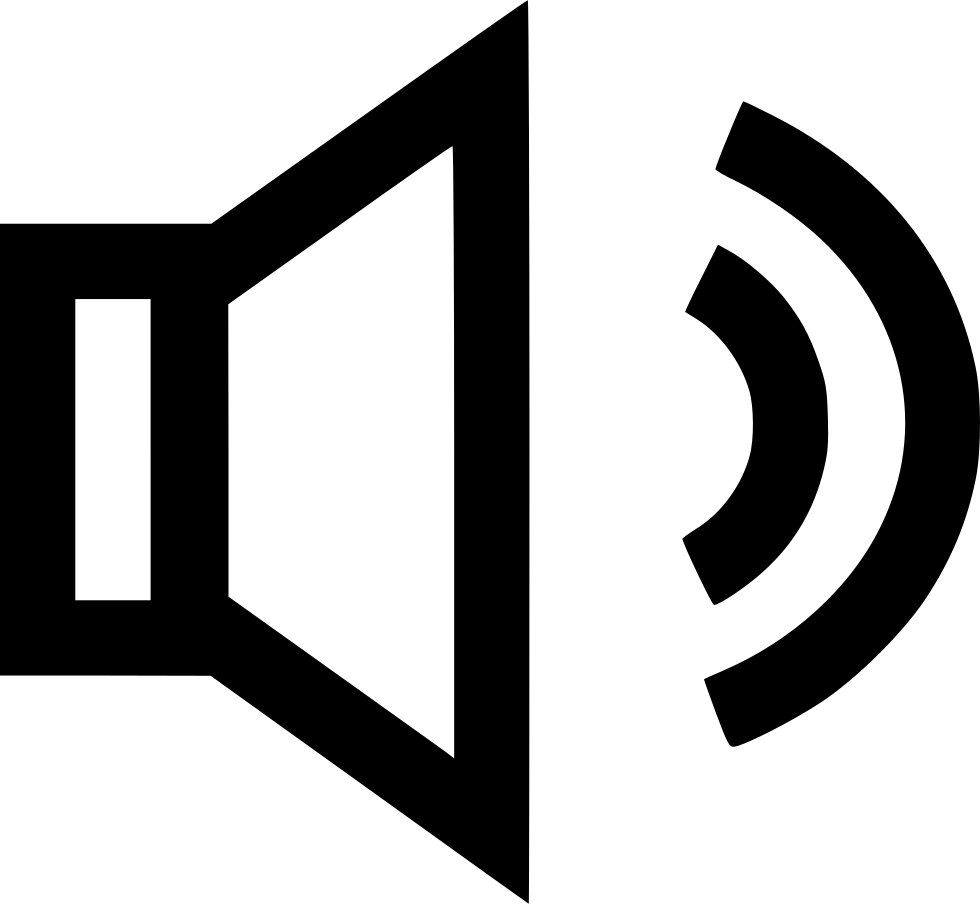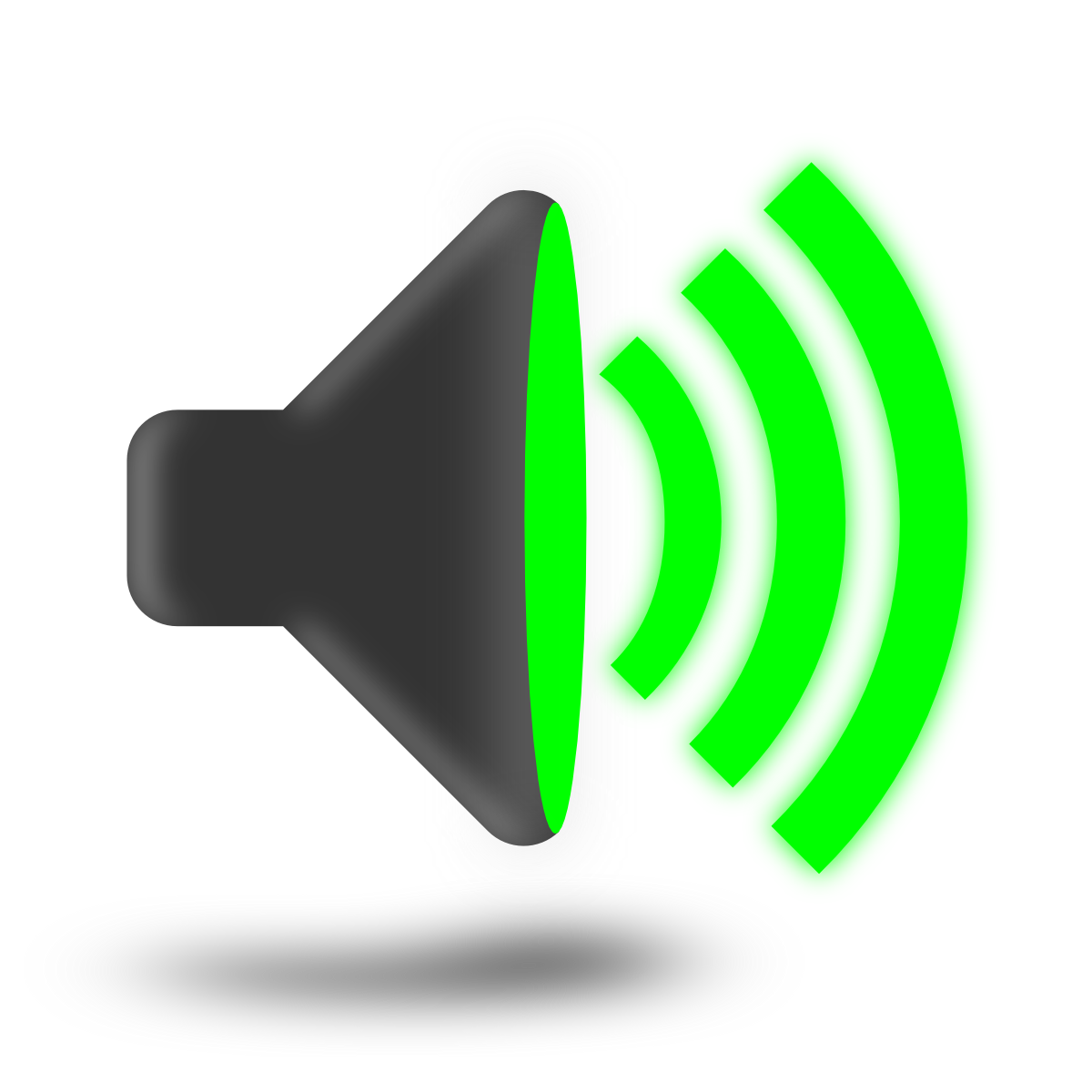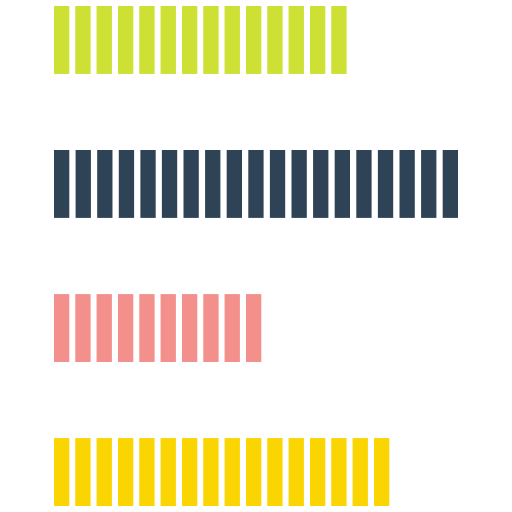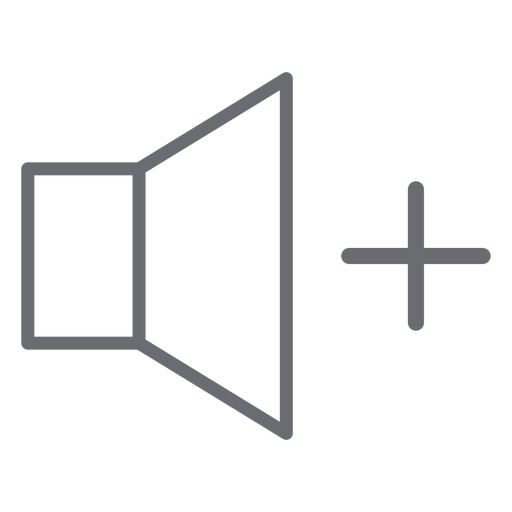Download top and best high-quality free Volume PNG Transparent Images backgrounds available in various sizes. To view the full PNG size resolution click on any of the below image thumbnail.
License Info: Creative Commons 4.0 BY-NC
Volume is the quantity of three-dimensional space bounded by a closed surface, for example, the space that occupies or contains a substance (solid, liquid, gas, or plasma). Volume is often measured in cubic meters in SI units. Volume usually refers to the capacity of the container; for example, the amount of fluid (gas or liquid) that a container can hold, as compared to the amount of space that the container itself displaces. Three dimensional mathematical shapes are also given volumes. The volumes of some simple shapes, such as regular, straight, and round, can be easily calculated using arithmetic formulas. The volumes of complex shapes can be calculated using integral calculus if there is a formula for the shape boundary. One-dimensional shapes (as lines) and two-dimensional shapes (as squares) have zero volume in three-dimensional space.
The volume of a solid (regular or irregular) can be determined by displacing the liquid. Liquid displacement can also be used to determine gas volume. The total volume of the two substances is usually greater than the volume of only one of the substances. However, sometimes one substance will dissolve in another, and in such cases, the combined volume is not additive.
In differential geometry, volume is expressed in terms of the volume form and is an important global Riemannian invariant. In thermodynamics, volume is the main parameter and the associated pressure variable. The Oxford English Dictionary defines capacity as “a measure applied to the contents of a vessel and to liquids, grain, etc., taking the form of that in which they are located” (the word “capacity” has other unrelated meanings such as incapacity management.) The capacity is not identical in meaning to volume; although closely related, the capacity of a container is always the volume in its interior. Units of capacity are the SI liter and its derived units and Imperial units such as gill, pint, gallon, and others. In the SI system, the units of volume and capacity are closely related: one liter is equal to 1 cubic decimeter, the capacity of a cube with a side of 10 cm. In other systems, the transformation is nontrivial; the capacity of a vehicle’s fuel tank is rarely reported in cubic feet, for example, but in gallons (an imperial gallon fills a volume of 0.1605 cu ft).
The density of an object is defined as the ratio of mass to volume. Inverse density is the specific volume, defined as volume divided by mass. Specific volume is an important concept in thermodynamics, where the volume of the working fluid is often an important parameter of the system under study.
Download Volume PNG images transparent gallery.
- Volume PNG Free Image
Resolution: 512 × 512
Size: 30 KB
Image Format: .png
Download
- Volume PNG File
Resolution: 512 × 512
Size: 3 KB
Image Format: .png
Download
- Volume Silhouette PNG Free Image
Resolution: 980 × 880
Size: 42 KB
Image Format: .png
Download
- Volume Silhouette PNG File
Resolution: 980 × 870
Size: 38 KB
Image Format: .png
Download
- High Volume PNG Clipart
Resolution: 512 × 512
Size: 12 KB
Image Format: .png
Download
- Volume Silhouette PNG HD Image
Resolution: 512 × 512
Size: 8 KB
Image Format: .png
Download
- Volume Silhouette PNG
Resolution: 512 × 512
Size: 5 KB
Image Format: .png
Download
- High Volume PNG Free Download
Resolution: 512 × 512
Size: 9 KB
Image Format: .png
Download
- Volume PNG HD Image
Resolution: 512 × 512
Size: 4 KB
Image Format: .png
Download
- Volume PNG Pic
Resolution: 500 × 500
Size: 18 KB
Image Format: .png
Download
- Volume Silhouette
Resolution: 981 × 768
Size: 48 KB
Image Format: .png
Download
- High Volume
Resolution: 1000 × 1000
Size: 20 KB
Image Format: .png
Download
- High Volume PNG
Resolution: 1201 × 1143
Size: 29 KB
Image Format: .png
Download
- Volume
Resolution: 980 × 904
Size: 41 KB
Image Format: .png
Download
- Volume PNG Download Image
Resolution: 685 × 684
Size: 35 KB
Image Format: .png
Download
- Volume Silhouette PNG Image
Resolution: 1153 × 1409
Size: 23 KB
Image Format: .png
Download
- Mute Volume
Resolution: 512 × 512
Size: 10 KB
Image Format: .png
Download
- Volume PNG High Quality Image
Resolution: 512 × 398
Size: 3 KB
Image Format: .png
Download
- Volume PNG Images
Resolution: 512 × 512
Size: 22 KB
Image Format: .png
Download
- Volume PNG Image File
Resolution: 512 × 512
Size: 5 KB
Image Format: .png
Download
- Volume PNG Photo
Resolution: 512 × 512
Size: 16 KB
Image Format: .png
Download
- Volume Silhouette Transparent
Resolution: 512 × 512
Size: 11 KB
Image Format: .png
Download
- Volume PNG Image HD
Resolution: 512 × 512
Size: 25 KB
Image Format: .png
Download
- Volume PNG File Download Free
Resolution: 720 × 720
Size: 81 KB
Image Format: .png
Download
- Volume Silhouette PNG Clipart
Resolution: 512 × 512
Size: 11 KB
Image Format: .png
Download
- Mute Volume PNG
Resolution: 512 × 512
Size: 9 KB
Image Format: .png
Download
- Volume PNG Transparent HD Photo
Resolution: 1200 × 1200
Size: 60 KB
Image Format: .png
Download
- High Volume PNG Image
Resolution: 768 × 768
Size: 18 KB
Image Format: .png
Download
- Volume PNG
Resolution: 1200 × 1200
Size: 177 KB
Image Format: .png
Download
- Volume Silhouette PNG Free Download
Resolution: 512 × 512
Size: 12 KB
Image Format: .png
Download
- Volume PNG Image
Resolution: 512 × 512
Size: 15 KB
Image Format: .png
Download
- Mute Volume PNG Image
Resolution: 512 × 512
Size: 4 KB
Image Format: .png
Download
- Volume Transparent
Resolution: 512 × 512
Size: 1 KB
Image Format: .png
Download
- Volume PNG Clipart
Resolution: 512 × 512
Size: 8 KB
Image Format: .png
Download
- High Volume Transparent
Resolution: 512 × 512
Size: 8 KB
Image Format: .png
Download
- Volume PNG Free Download
Resolution: 1261 × 1280
Size: 226 KB
Image Format: .png
Download
- Volume Silhouette PNG Picture
Resolution: 512 × 512
Size: 12 KB
Image Format: .png
Download
- Volume PNG Picture
Resolution: 512 × 512
Size: 48 KB
Image Format: .png
Download





































